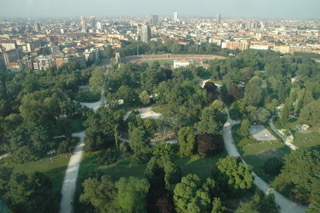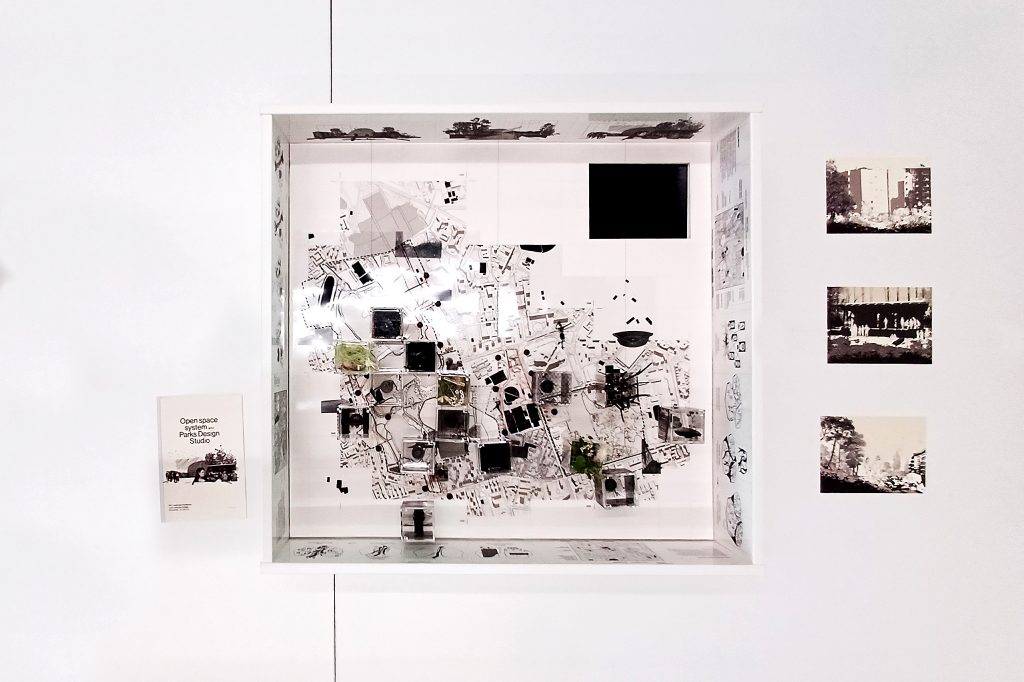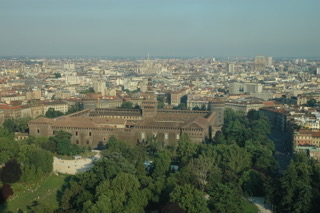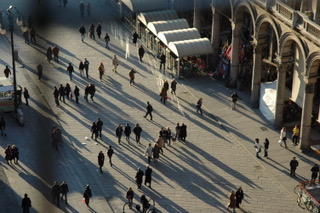
Approach

Landscape Architecture – Land Landscape Heritage: Four basic principles
1. The landscape design is a fundamental component of any project in the city and the territory.
The Master’s degree recognises landscape design as a specific field of action in open and built spaces. At the same time, it affirms the need to include the landscape design dimension in any project aimed at contemporary cities and territories: from urban regeneration to infrastructure design, from the organisation of agricultural enterprises to risk mitigation and climate change adaptation measures.
2. The landscape project is inspired by polytechnic culture.
The training of landscape architects is inspired by the specific tradition and culture of landscape, the traditions and cultures of architecture, urban planning, environmental engineering, agricultural and forestry sciences, natural, geological, geographical and social sciences. This training is ideally developed at the Politecnico di Milano, a university founded in the 19th century to integrate science and culture, as well as the technical and the humanistic.
3. Landscape design has many aspects: conservation and maintenance, management and “modification”, and construction of new landscapes.
The knowledge of the technical history and the evolution of the landscape over time, the protection of the built heritage, which includes historical, testimonial and cultural values, are fundamental in the training of landscape designers, as is the ability to recognise degradation and the conditions for necessary evolution and change. The Master’s degree, therefore, pays great attention to the care, dynamic management over time, the “modification” of landscapes, and the critical insertion of new elements. This objective considers the specificities of different urban, rural and natural contexts affected by profound climatic, environmental, economic and social changes.
4. The Italian territory and landscape are the experimental fields of the international programme.
With its qualities and fragility, the Italian territory is a privileged experimental field for the contemporary landscape project. Its geomorphological articulation, the delicacy of its historical landscapes, the instability and hydrogeological risk, and the poor quality of the landscapes produced by recent transformations are at the centre of the teaching activities of the Master’s degree.
The programme takes this specific field of application as its starting point. Consequently, it expands it to a fully international dimension, involving students and professors from different countries worldwide.

